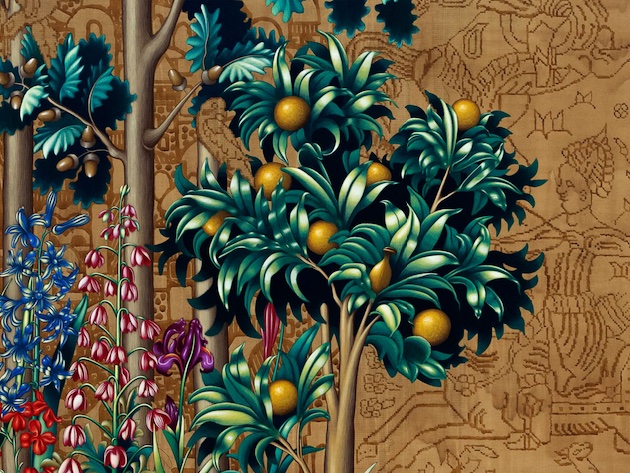
The exhibition Shared Sacred Sites - Journeys between Religions at the French Academy - Villa Medici, part of the Jubilee Year 2025, presents highly significant works from French, Italian, and Vatican collections, juxtaposed with contemporary artworks. From Gentile da Fabriano to Marc Chagall, via Le Corbusier, the exhibition aims to highlight, through artworks, a little-known yet very present religious phenomenon, especially in the Mediterranean: sacred places shared by followers of different religions.
From the very beginning, ritual practices, founding narratives, tutelary figures, and shared sacred spaces have been intertwined within the three great monotheistic religions—Judaism, Christianity, and Islam. The exhibition Shared Sacred Sites explores the specific instances in which different religious practices and communities intersect and coexist, revealing the historical, cultural, spiritual, and artistic interactions that have shaped these religions and the societies of the Mediterranean basin.
Thanks also to exceptional loans from the Vatican Museums, the Louvre Museum, the Mucem - Musée des Civilisations de l’Europe et de la Méditerranée, the MAXXI and the Jewish Museum of Rome, the exhibition is an invitation to travel through diverse landscapes - cities, seas, gardens, caves and mountains - that foster a sharing of the sacred, thus drawing a spiritual geography in which traditions, dialogues and artistic creations intertwine.
The exhibition Shared Sacred Places was conceived and produced by the French Academy in Rome - Villa Medici, the Mucem (Museum of Modern and Contemporary Art), the French Embassy in Rome to the Holy See, and the Pious Establishments of France in Rome and Loreto, building on the original exhibition at the Mucem. The exhibition benefited from the scientific advice of the Vatican Museums and the Jewish Museum of Rome.
Informations
 Condividi
Condividi











































